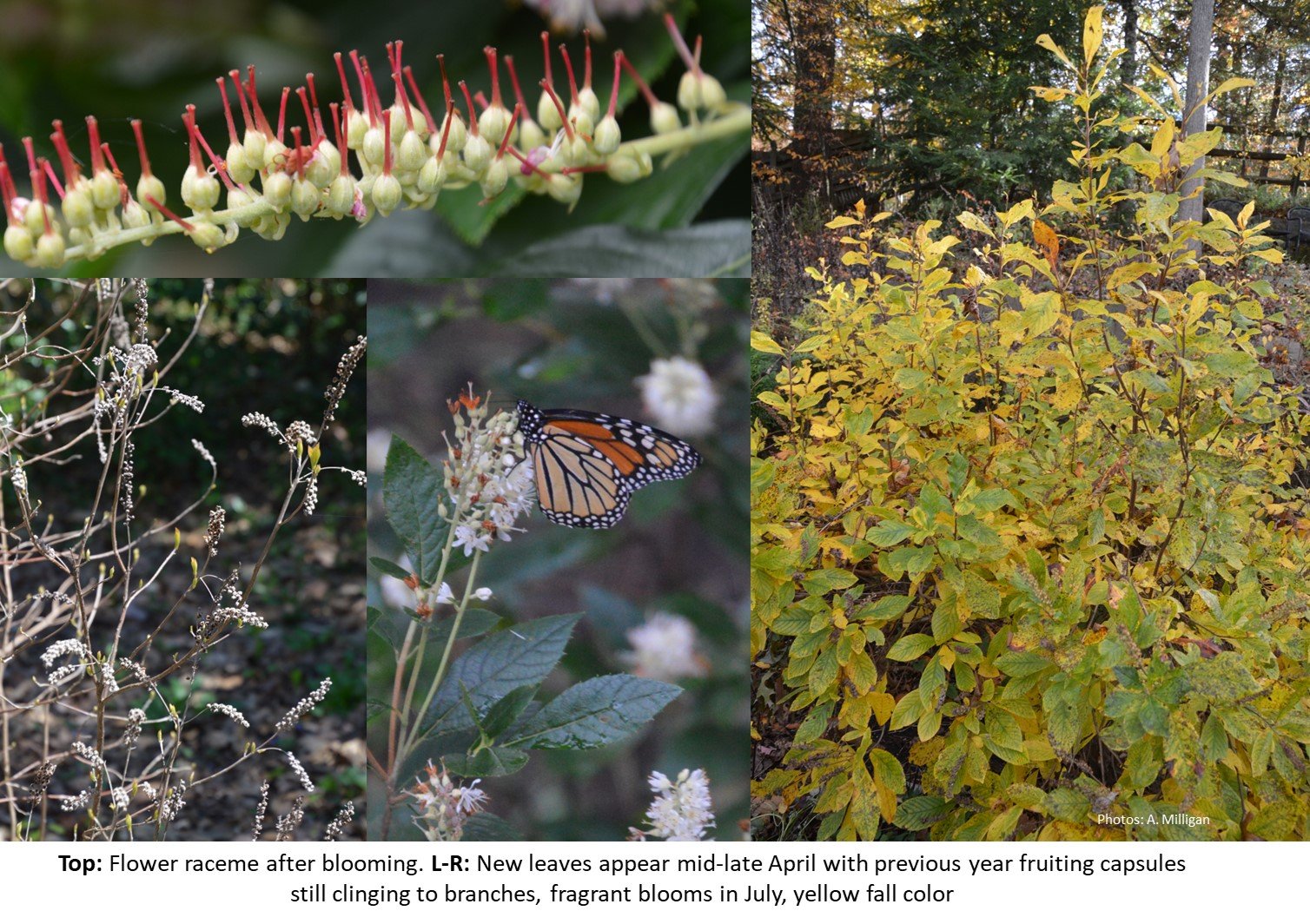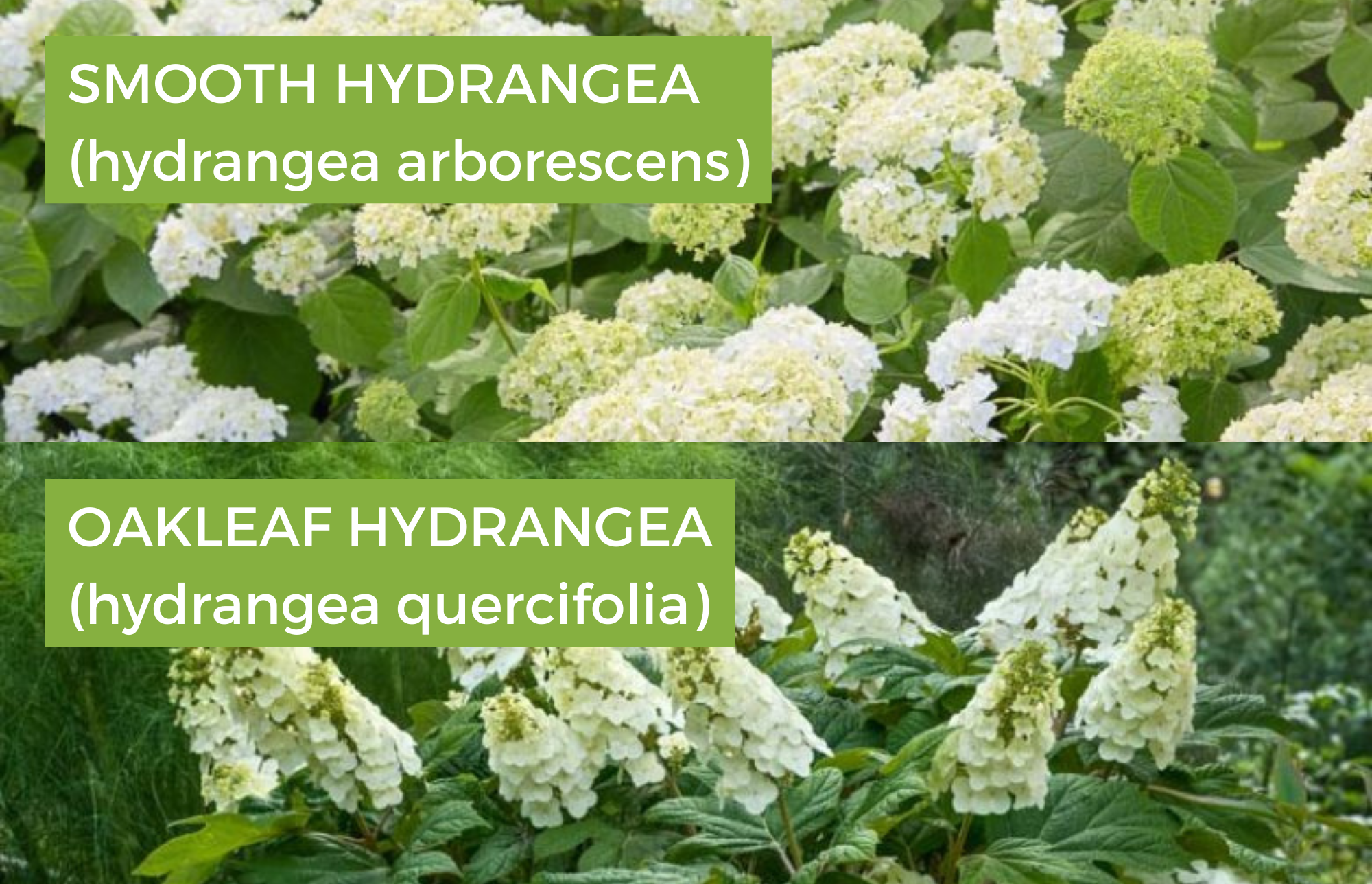Latin for Gardeners
April’s Native Maryland Plant
Clethra alnifolia L.
(KLETH-ruh al-nih-FOE-lee-uh)
Common Name: Sweet Pepperbush, Summersweet
April is the month when our gardens come to life – as we pass our last frost date most bees are seen just coming out of hibernation and plants are pushing new buds, some even showing fully developed leaves. That’s not the case for Clethra alnifolia, a shrub that is so late to leaf out that often it fools people into thinking it hasn’t’ survived the winter – but don’t be fooled! Sweet Pepperbush may be late to show life but once it does it’s an impressive plant that blooms in shade and is just as comfortable in a residential rain garden as in a shady moist site or even on a slope or streambank where it is often found providing erosion control.
This plant will sucker slowly, it turns a golden yellow in fall and has a distinct fruiting capsule that makes it easy to identify in the winter landscape. NOTE: The ‘pepper’ in the common name refers to the fruit capsules which slightly resemble peppercorns.
Many pollinators are attracted to the nectar and pollen of Clethra alnifolia. Moths are less studied pollinators that are typically attracted to strongly scented and pale-colored flowers. I can rely on finding moths enjoying the nectar of the ‘Ruby Spice’ in my garden - well after midnight. This plant is host to several lepidoptera including the Sweet Pepperbush Nola Moth (Nola clethrae).
C. alnifolia is considered an ornamental native plant often used in fragrance gardens; it is most often found in nurseries as a shorter cultivar. ‘Hummingbird’ is a 2’-4’ plant, ‘Sixteen Candles’ is 4’ - 5’, and ‘Ruby Spice’ is even taller, up to 6’, with rose colored flowers and dark green leaves.
Whichever you choose, the many pollinators and the very pleasant, sweet fragrance of Sweet Pepperbush will be sure to delight you.
NOTE: When I first began looking for evening moths, I wore a headlamp on my forehead so I could keep my handsfree, good idea, right? Imagine my surprise (silly me) when I encountered many moths flying in my face attracted to the light. I don’t recommend this method.
Alison Milligan – MG/MN 2013
Watershed Steward Class 7/CBLP
aligmilligan@gmail.com












